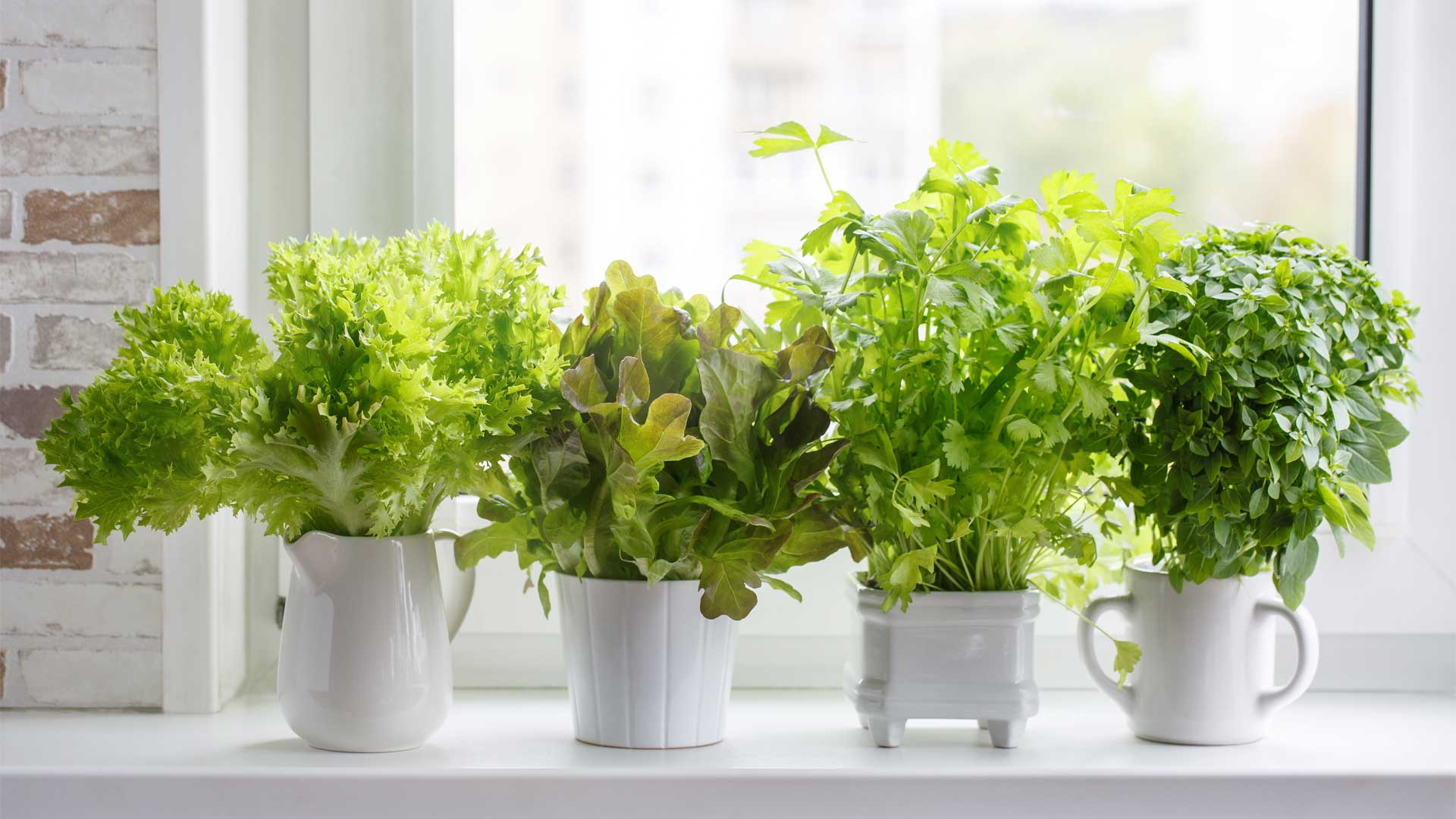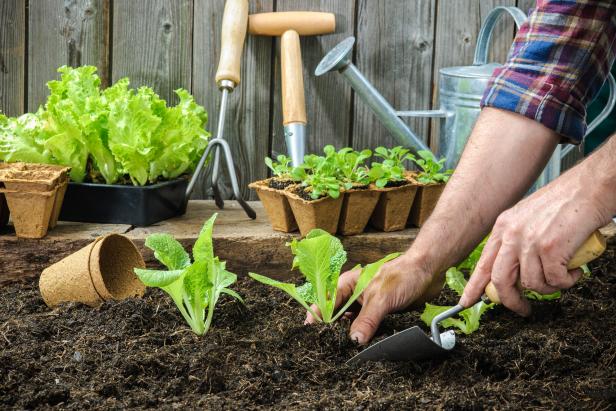How to Grow Vegetables & Herbs Indoors During Winter?

Can you really grow vegetables and herbs indoors during winter? The answer is yes, but it is not easy. Due to the lack of light, growing them inside is a good challenge. If you miss summer gardening and want to take on the challenge, this article will teach you everything you need to know about growing vegetables and herbs during winter. Enjoy your reading!
Step 1: Choose the best varieties to grow
First of all, not all varieties can be grown indoors during winter.
If you are a beginner, we advise you to start with sprouts and microgreens which are quite simple to grow. Although they are not vegetables per se, they are still very nutritious. One thing you will need is a good potting soil, such as our AGROMIX® Soil Mix for seedlings and sprouts. For avid gardeners, the best varieties to grow indoors are the faster-growing leafy greens, root vegetables and herbs. Here are some varieties to try:
LEAFY-GREENS
-
- Mesclun
- Lettuce leaves
- Spinach
- Rocket
- Beet (for its leaves)
ROOT VEGETABLES
*Opt for smaller varieties:
-
- Round Radish
- Baby carrots (Caracas)
- Baby beets (Golden)
FRESH HERBS
+ Easy
-
- Chives
- Parsley
- Thyme (lemon)
+ Capricious
-
- Basil
- Oregano
- Rosemary
As for fruit vegetables, it is not recommended to grow them indoors. Since they are eager for full sun. They take months to ripen, making growing them indoors a more vigourous activity. However, if you can’t live without these delicious varieties, opt for small fruiting vegetables designed for growing in pots such as:
- Mini-tomatoes (Celano)
- Small cucumbers (Cucumis Sativus)
- Dwarf beans
- Mini peppers (Capsicum annuum)
- Mini eggplants (Ophelia)
Step 2: Design your indoor garden
Now that you’ve chosen your varieties, it’s time to plant them. First, you’ll need a quality potting soil that is specialized for this type of crop, such as Agro Mix® Soil Mix for seedlings and sprouts. Start by filling pots or trays with moist potting soil and sow the seeds according to the directions on your seed bags. Please note: these may vary depending on the varieties chosen!
Once the shoots are out of the ground, you will definitely need an artificial lighting system. Growing vegetables and herbs indoors during winter requires a lot of light. A window display is not enough. You will need LED or fluorescent lights (2 tubes), which you will hang about 15 cm above your indoor garden. Be sure to continually adjust the height of your lamps as the seedlings grow, so that you always maintain this distance.
Step 3: Maintain your garden
Once your indoor garden is installed, it is time to maintain your plants. To do this, water regularly, as soon as the soil is dry to the touch, letting it dry between waterings. Once the shoots are out of the ground, give them 14 hours of light per day.
After 3 to 4 weeks, when the plants seem to be cramped, transplant them into individual 10 to 15 cm pots. For leafy vegetables, it is also possible to harvest them young, without transplanting them. Simply prune them to 1 cm from the ground and let them grow back. You will have a second and maybe even a third harvest this way.
For fresh herbs, the maintenance is a little different. Here are the main guidelines for most varieties.
Lighting : 12 h to 14 h per day of exposure under a lamp.
Temperature : Grow in a cool room – 18 °C during the day and 14 °C at night, with a humidity level of about 50%.
Watering : Regular watering with warm water as soon as the soil is dry to the touch.
Basil is in a class of its own. It likes to have its head in the sun but hates to have its feet in the water! The ideal temperature is at least 21°C during the day. Also, avoid a night-time drop of more than 5°C. Water moderately, but every day. Be careful: the substrate must remain moist, but not soggy.
Step 4: admire and enjoy!
That’s it! All you have to do is keep an eye on them and watch for any signs of distress. By following these instructions, you will have fresh vegetables, year round! Isn’t that wonderful?
If you’re not too green, but still want to have vegetables and herbs at your fingertips, there are hydroponic systems like the AeroGarden that allow you to grow lettuces and herbs without having to lift a finger.


